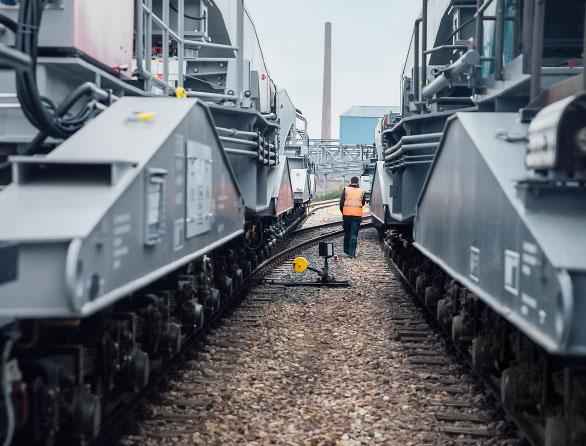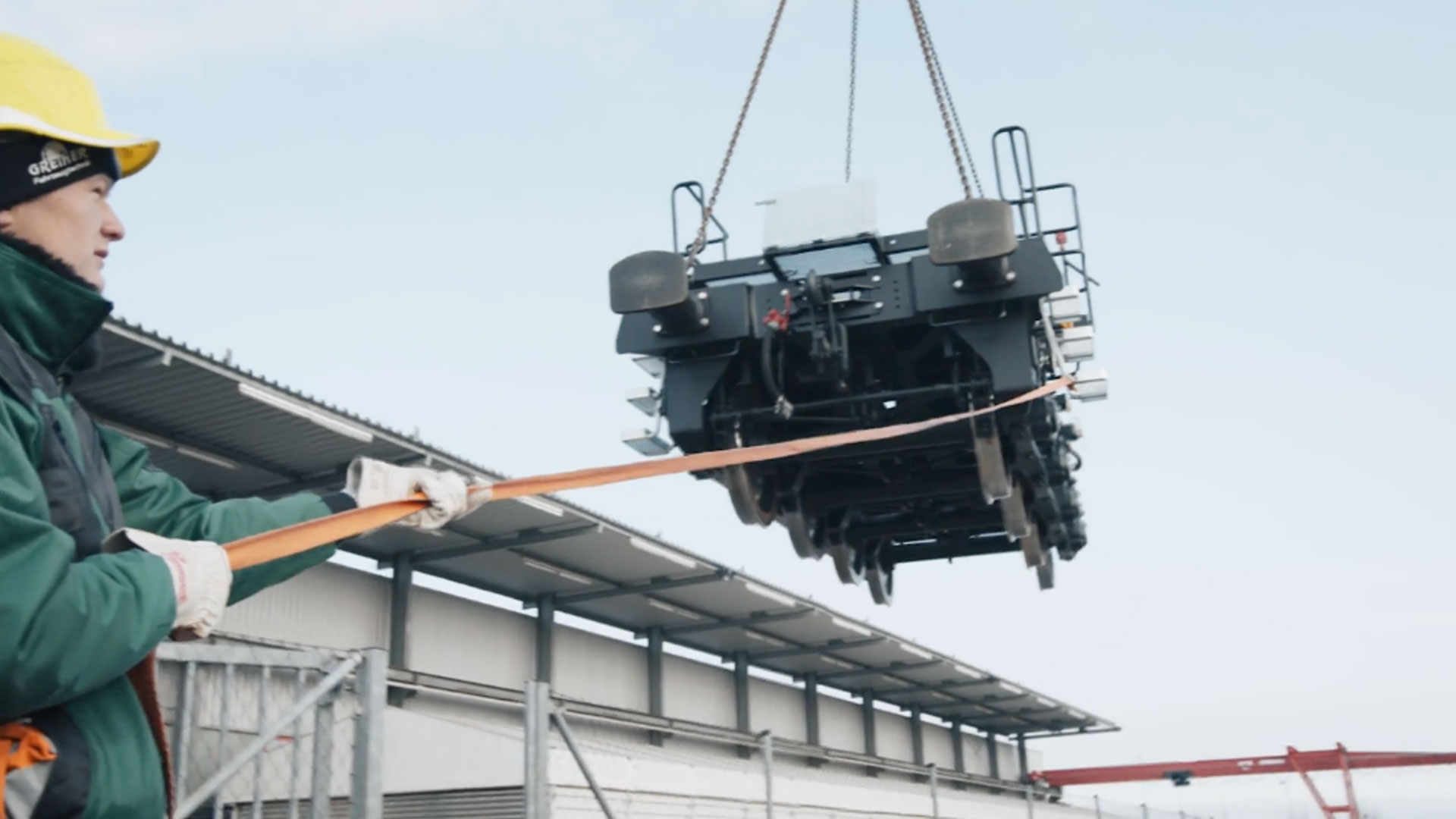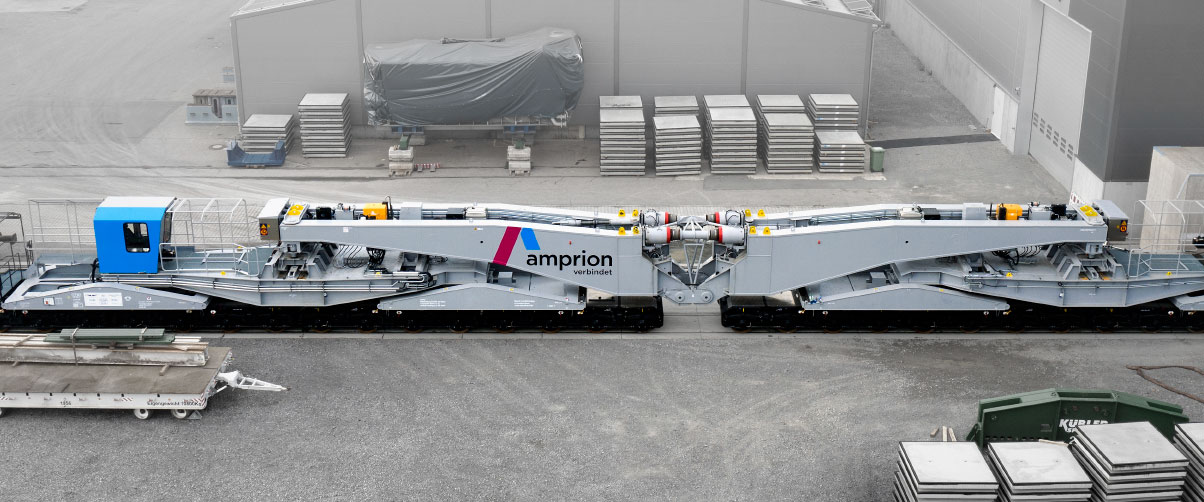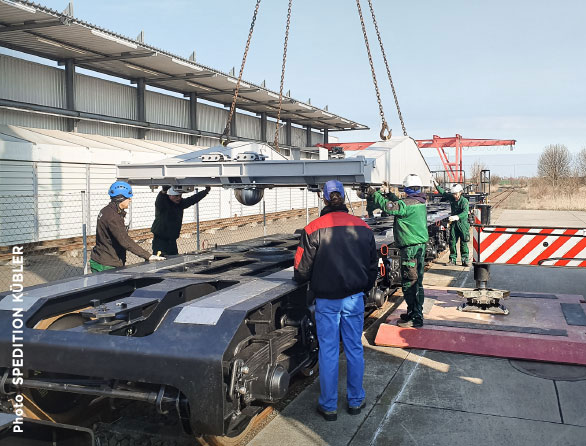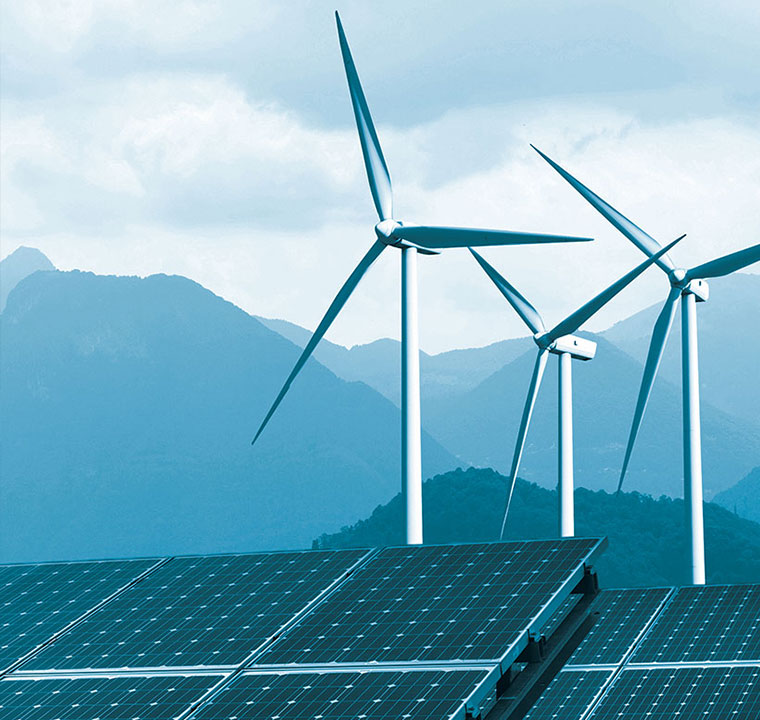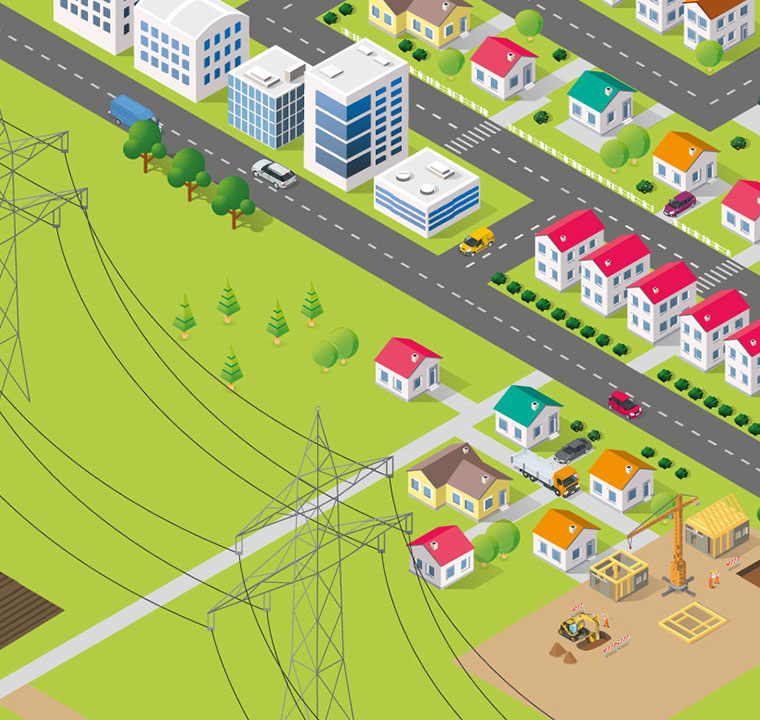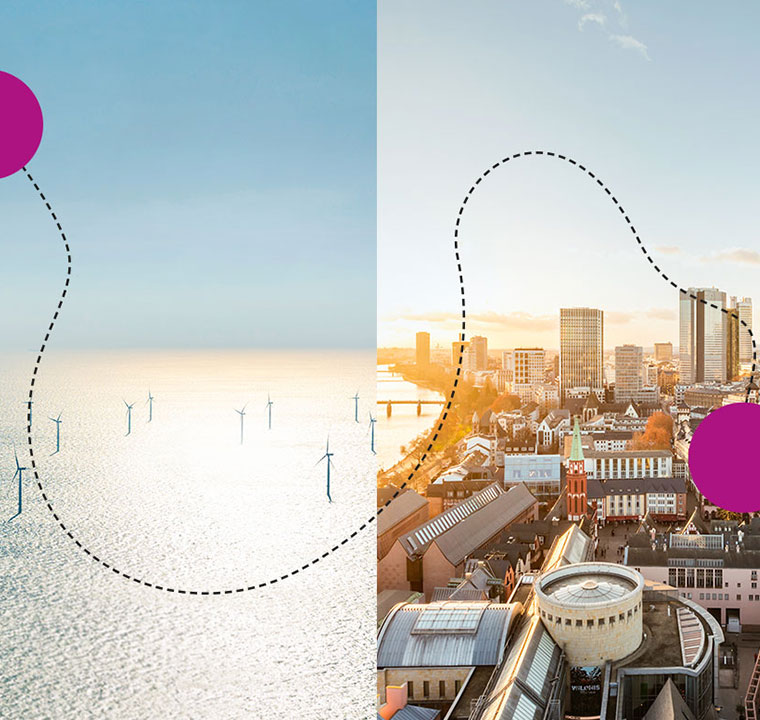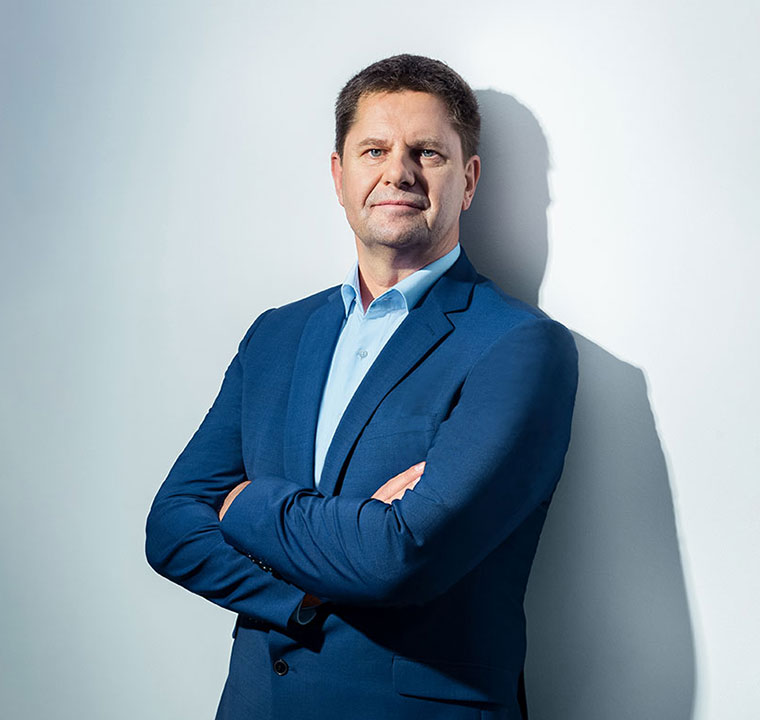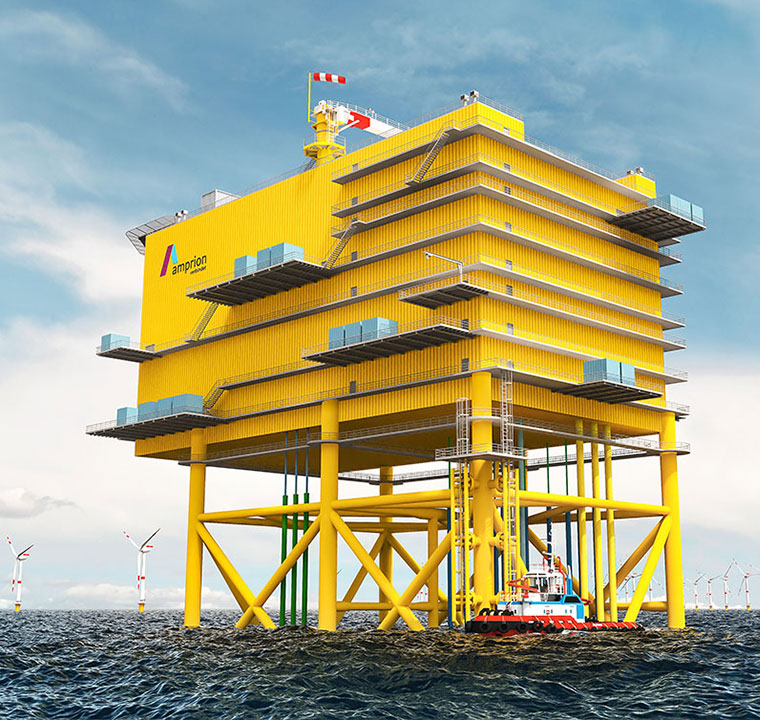Keeping track
In mid-2019, Amprion places the order to build Dirk – and Felix Mangold goes to work. A stressful time? The mechanical engineer smiles and ponders briefly. “We had already acquired a lot of knowledge.” Mangold is a technology fan and likes to talk about it. Even before the order from Amprion, he had had one Schnabel car overhauled and a new one built for Kübler. That’s why he knows where to find suitable design offices, which steel companies come into question, and who he can trust to manufacture bogies, brakes or hydraulic cylinders.
Dirk’s development is a complex project. Almost 200 employees from around 25 suppliers are involved. “The most important task is to keep track of everything,” says project manager Mangold. Especially as the schedule is tight. For legal reasons, Dirk’s construction period must not exceed twelve months.
The finished components are first sent to Kübler’s headquarters in Schwäbisch Hall (south-western Germany). There they are checked and, if necessary, reworked once again. In April 2020, they travel on ten flat-bed trucks to Halle, where the Schnabel car is assembled over two days with the help of a heavy-duty crane. This phase, known as the “marriage”, is a crucial time. Only then do we discover whether the work carried out has been accurate and all the parts fit together.



